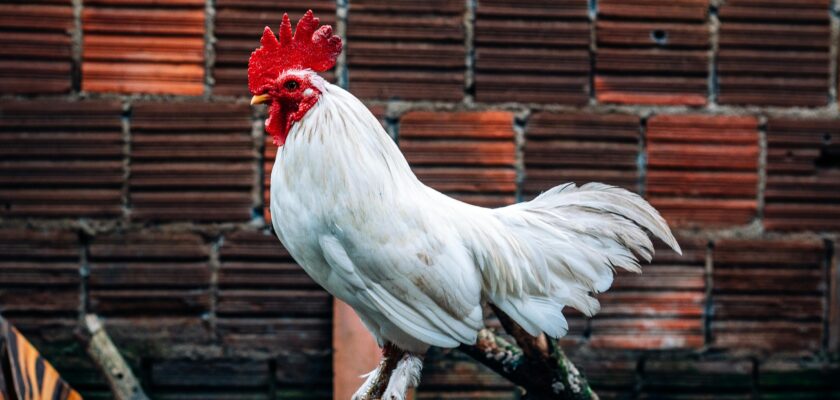Introduction
If you’re new to raising chickens, one of the first mysteries you’ll encounter is this: how to tell if my chicken is a rooster. It’s not always as obvious as you think—especially with young chicks! Understanding the difference between hens and roosters is crucial if you’re trying to manage egg production, avoid crowing in urban areas, or prevent unexpected aggression in your flock.
In this guide, we’ll break down 11 proven signs that will help you confidently tell if your chicken is a rooster. From physical traits to behavioral cues, we’ve got every angle covered.
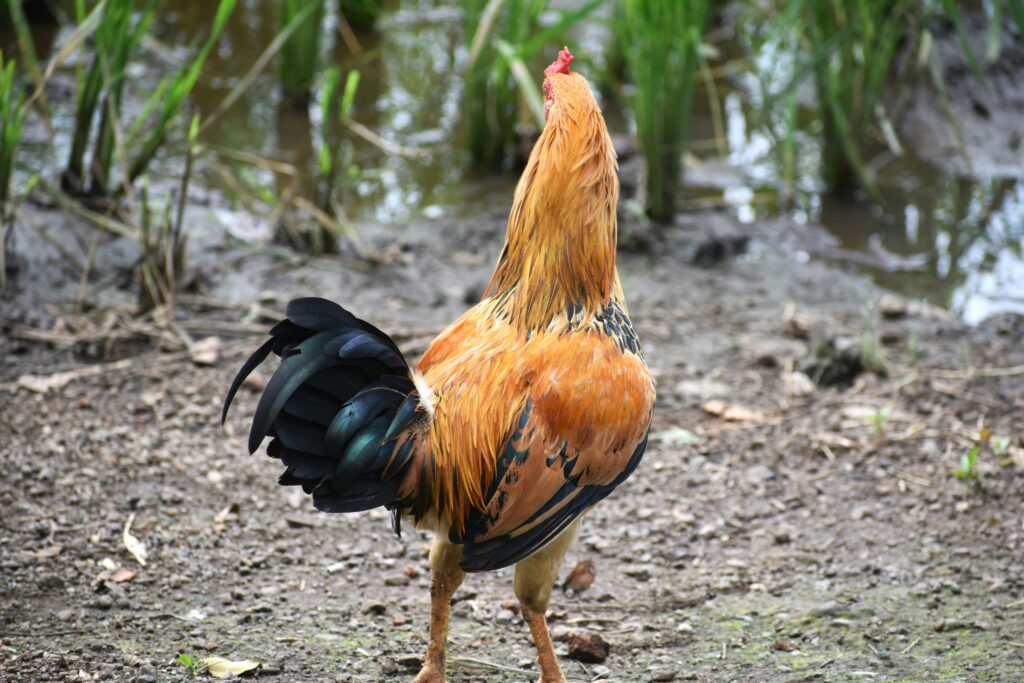
Physical Appearance Differences
Comb and Wattle Size
Roosters tend to have larger and more vibrant combs and wattles compared to hens. These fleshy parts not only help regulate body temperature but also play a role in attracting mates.
- Rooster clue: If your chick has a bright red, oversized comb by 6-8 weeks, it’s likely a male.
- Hen clue: Smaller, pale pink combs that develop slowly.
Feather Characteristics
Roosters often grow pointy, shiny, and iridescent saddle and hackle feathers, while hens have more rounded and matte feathers.
- Look at the neck (hackle) and lower back (saddle) feathers—if they taper like a pencil, that’s a rooster trait.
Spur Development
By 3-6 months, many roosters begin to develop spurs on the back of their legs. While some hens can grow spurs too, roosters’ spurs tend to be longer and sharper.
Behavior Traits
Crowing and Vocalizations
This one’s a giveaway! Roosters start practicing their crow—an awkward, gargling sound—as early as 6 to 8 weeks. Eventually, they’ll belt out full-on cock-a-doodle-doos.
- Pro tip: Some hens can be noisy too, but they won’t crow like a rooster.
Territorial and Aggressive Behavior
Roosters are often more assertive than hens. They’ll challenge other flock members, protect food sources, and even charge at humans if they feel threatened.
- You might see them puffing up their chests or stomping around like they own the place.
Social Dynamics in the Flock
Dominance and Pecking Order
Roosters frequently assert themselves at the top of the pecking order. They’ll stand tall, strut confidently, and often break up hen fights.
Rooster Chivalry: Protecting Hens
Roosters are surprisingly chivalrous. They’ll alert hens to food, lead them around the yard, and sometimes stand between hens and perceived threats.
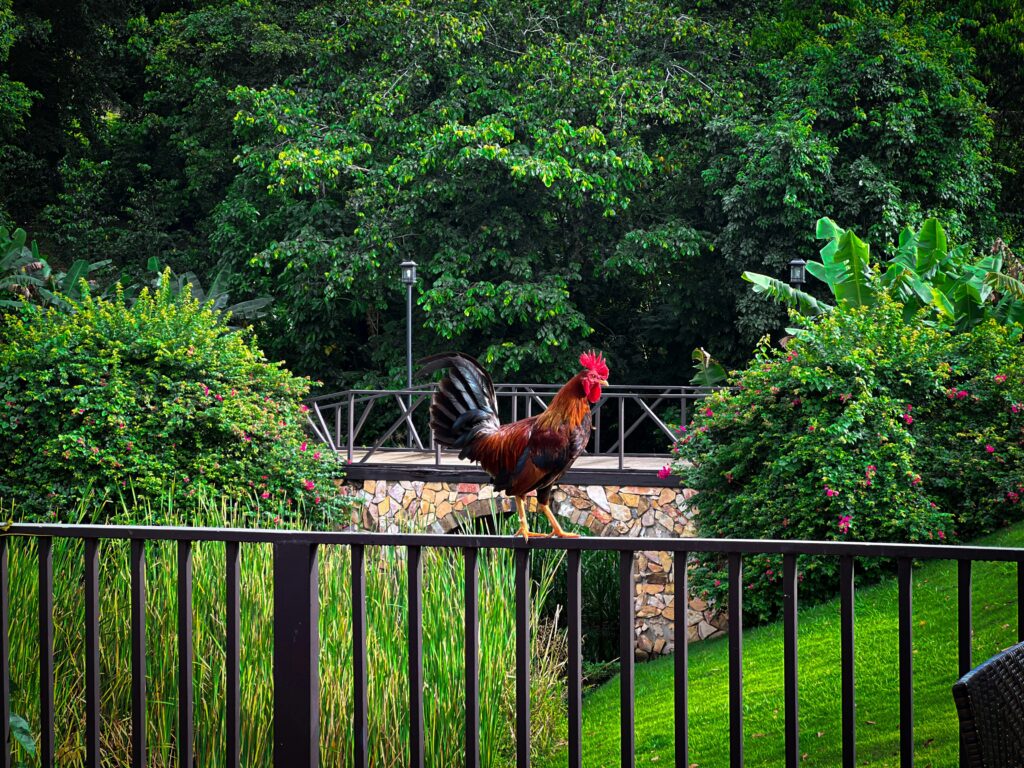
Photo by Manuel E Sankitts on Unsplash
Growth Patterns
Faster Growth and Maturity
Roosters often grow faster and larger than hens of the same breed. You may notice broader chests, taller stance, and stronger legs.
Muscle Tone and Posture
Roosters tend to develop a more upright posture and muscular frame, especially in breeds like Rhode Island Reds or Barred Rocks.
Examining Tail and Saddle Feathers
A rooster’s tail often develops long, arching sickle feathers that curve gracefully, giving them a dramatic, showy appearance.
- If your chicken is flaunting “fancy pants” at the back, it’s probably a rooster.
Leg Thickness and Size
Roosters usually have thicker and sturdier legs than hens. This is particularly noticeable in breeds with featherless legs.
Early Crowing Signs (Even at 6 Weeks!)
Don’t be surprised if your chick starts practicing a crow at 6 weeks. It might sound like a squeaky toy at first—but it’s an unmistakable sign of a young rooster finding his voice.
DNA Testing (When in Doubt)
Still unsure? DNA testing is the most accurate method to determine gender in chickens. It’s simple—just send in a few feathers or a blood sample to a certified lab.
- Learn more about chicken DNA sexing here
Breed-Specific Clues
Some breeds are easier to sex early. For instance:
- Barred Rocks: Rooster chicks are lighter in color with wider head spots.
- Easter Eggers: Look for larger combs and upright tails by 8 weeks.
Watching for Mating Behavior
Roosters will often dance around hens, lower one wing, and circle them—a common courtship ritual. They may also attempt to mount hens, especially once they reach 4-6 months.
Comparison with Known Hens
One of the simplest ways to confirm gender is to compare your suspected rooster to confirmed hens of the same age and breed.
- Is it bigger, louder, flashier, or more dominant? All signs point to roo!
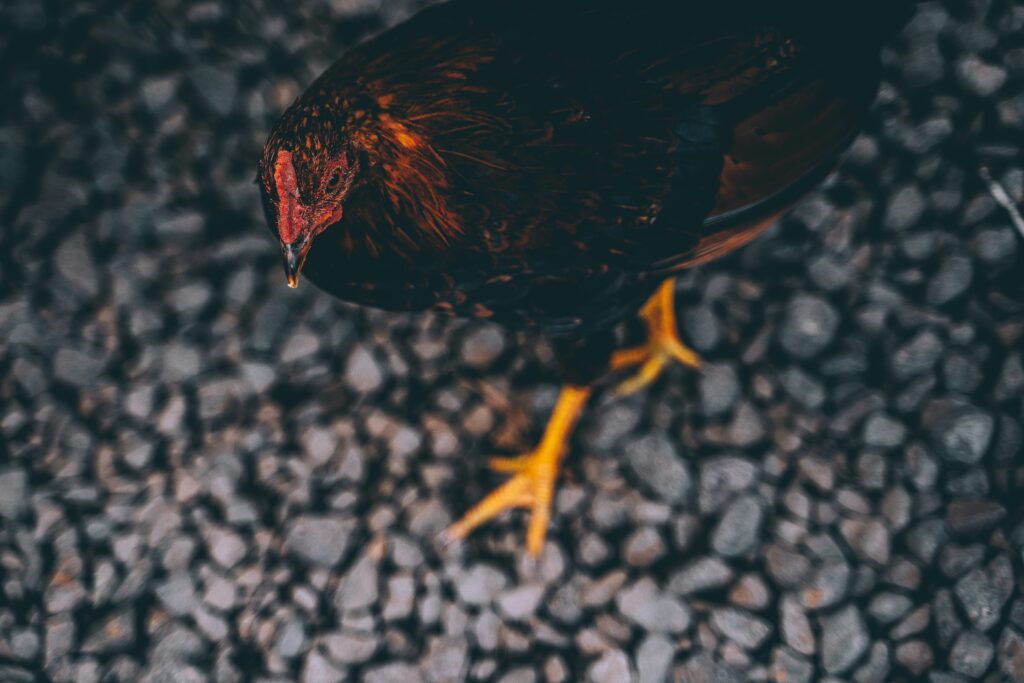
Photo by A n v e s h on Unsplash
FAQs
Can hens crow like roosters?
Yes, in rare cases, dominant hens may crow, especially if there’s no rooster in the flock. But the sound is usually weaker and less consistent.
At what age can I tell if my chick is a rooster?
Most signs become clear between 6 to 12 weeks, though some breeds reveal their secrets earlier.
Will a rooster lay eggs?
Nope! Only hens lay eggs. If a bird is crowing and not laying by 6 months, it’s likely a rooster.
Do all roosters have spurs?
Most do, but not always. Some hens grow small spurs too—so it’s not the only indicator.
What should I do if I accidentally raise a rooster?
You can try rehoming, keeping it (if legal), or contacting local farms. Make sure your area allows roosters first!
Are roosters necessary for hens to lay eggs?
Not at all. Hens lay eggs without a rooster—you only need a roo for fertilized eggs or breeding.
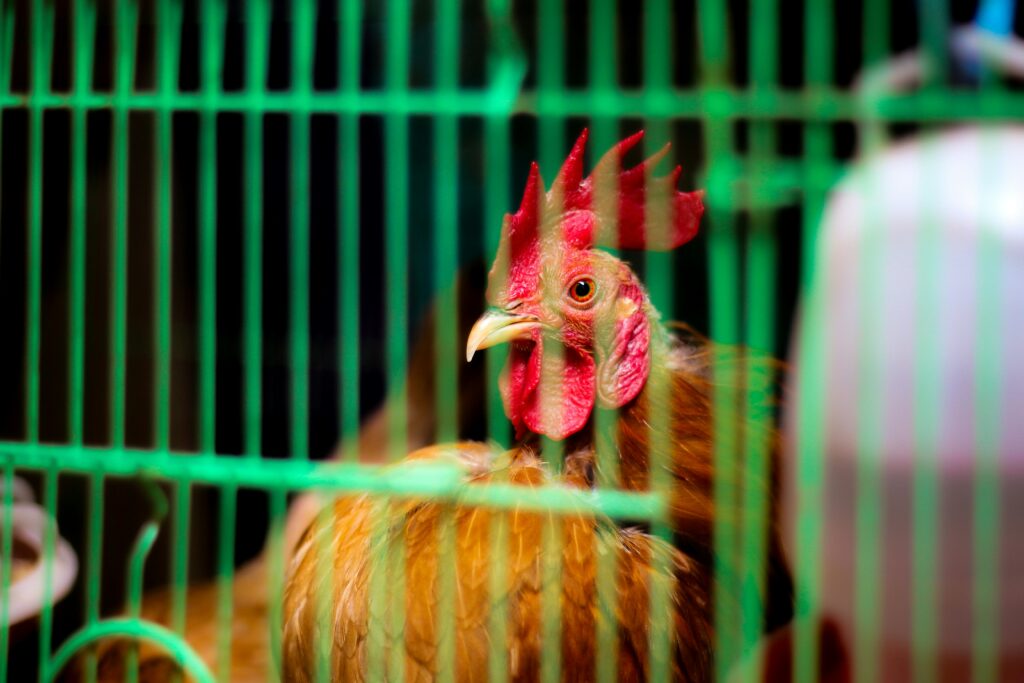
Photo by Joylynn Goh on Unsplash
Conclusion
Identifying whether your chicken is a rooster doesn’t have to be a guessing game. By observing physical traits, behaviors, and social interactions, you can spot a rooster with confidence—even before the first crow echoes across your yard.
If you’re ever unsure, remember: DNA testing is your best bet, and comparing birds side by side offers great clues too. Raising chickens can be incredibly rewarding—and knowing who’s who in the coop makes it all the more enjoyable.
